29 May 2013
For these ports I could not draw a route on the map or set a date for the landing. At times all I need is a brief glimpse, an opening in the midst of an incongruous landscape, a glint of lights in the fog, the dialogue of two passersby meeting in the crowd, and I think that, setting out from there, I will put together, piece by piece, the perfect city, made of fragments mixed with the rest, of instants separated by intervals, of signals one sends out, not knowing who receives them. If I tell you that the city toward which my journey tends is discontinuous in space and time, now scattered, now more condensed, you must not believe the search for it can stop.
Italo Calvino, Invisible Cities, 1972
The Encyclopedic Palace, the title chosen by Massimiliano Gioni for the 55th International Art Exhibition of the Venice Biennale, alludes to the image of an ivory tower carved in stone, enclosed by massive walls and crowned by a long series of pinnacles, domes and turrets: its appearance has the leathery solidity of encyclopedic knowledge—an objective set of facts, steeped in science and accuracy. Unexpectedly, this vision brings to mind an image of contrasting nature: that of an enormous and fragile house of cards, bold in its architecture and ephemeral in its character—symbol of a crumbly, relative kind of knowledge that cannot be categorized into a complete system (all it takes is a light breeze to bring its thin and shaky walls crashing down). Now, as if in a dream, the palace takes on the appearance of Borges’s Library of Babel: a building composed of an indefinite (or perhaps infinite) number of hexagonal galleries in vertical succession, holding everything that has been and will be written—a palace that is in itself encyclopedic, but impossible to decipher.
I’m looking at a photograph taken around 1950. It shows Marino Auriti, a self-taught Italo-American artist, in front of his house in the Pennsylvanian countryside, posing next to the work to which he has dedicated his whole life: The Encyclopedic Palace of the World. It is the architectural model, on a scale of 1:200, of a universal museum, intended to house the entire body of human knowledge. An encyclopedia made up of images, objects, stone and concrete. A building 136 stories and 700 meters high and designed to occupy an area corresponding to more than 16 blocks of the city of Washington, DC. Auriti’s palace—inspiring motif of this year’s Biennale—seems to match, simultaneously, all three descriptions given above: the massive, rocklike structure of the building becomes the container of a fragile project doomed to failure; the immense tower at the center, almost infinite, recalls the labyrinthine space of Borges’s library, in which incomprehension and disorder hold sway.
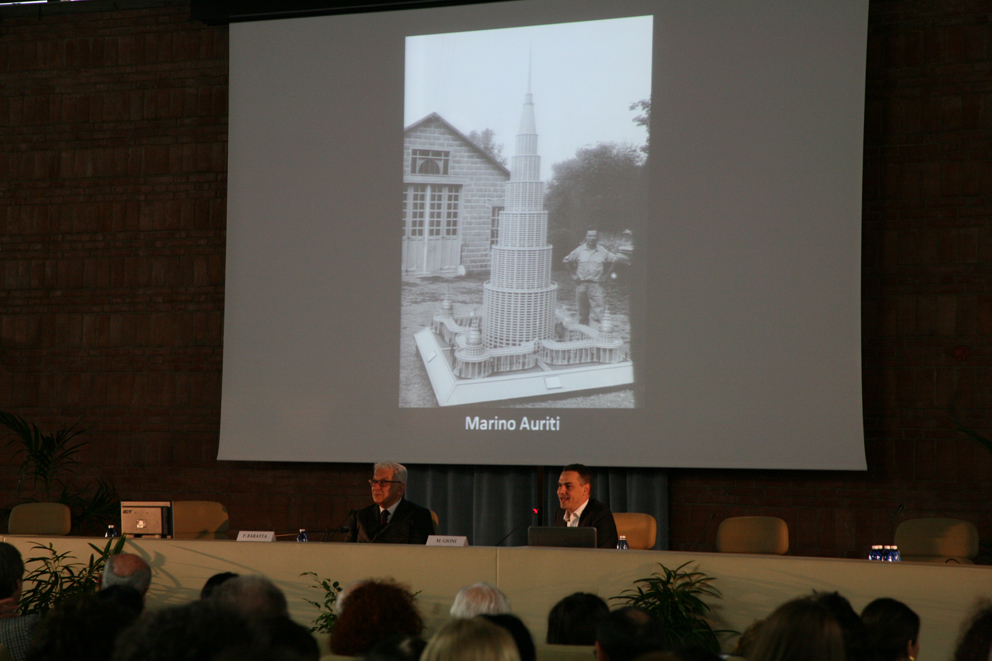
Imagine the Venice Biennale as a journey through the dérives of reason and the obsessions of the imagination; a route studded with desperate ventures by artists pursuing the mirage of a universal understanding, with the aim of constructing a total image of the world that would be capable of representing it in its entirety. An itinerary, therefore, winding through inaccurate and deeply personal cosmologies, on which the individual national pavilions and representations within the exhibition constitute the different stages. In my logbook I will describe—through images and words—20 of these alternative worlds, and I’ll be doing it for the entire duration of the Biennale, from now until November. I like to think of this logbook as a collection of stories, a bit like the accounts of his travels Marco Polo gives to Kublai Khan in Italo Calvino’s Invisible Cities: a fund of tales of remote cities, unknown or perhaps just dreamed of, a delirious and highly imaginative cosmographic inventory. And this is why the silver domes of Diomira or the soaring aluminum towers of Dorothea put me in mind of Auriti and his chimerical Encyclopedic Palace, the place where it all starts.
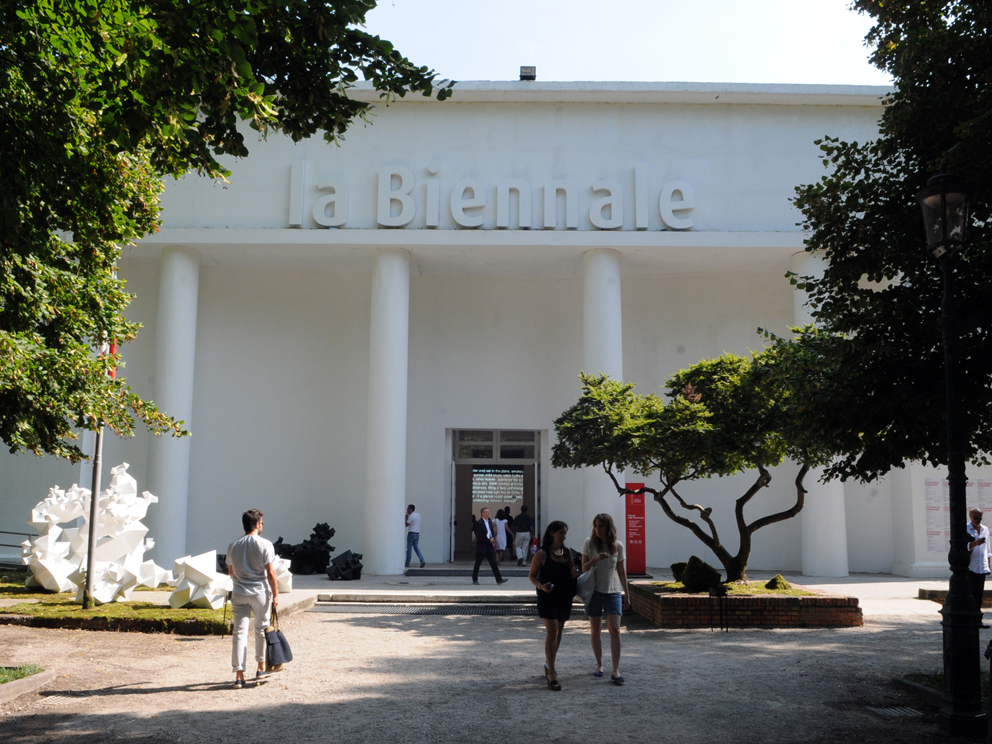
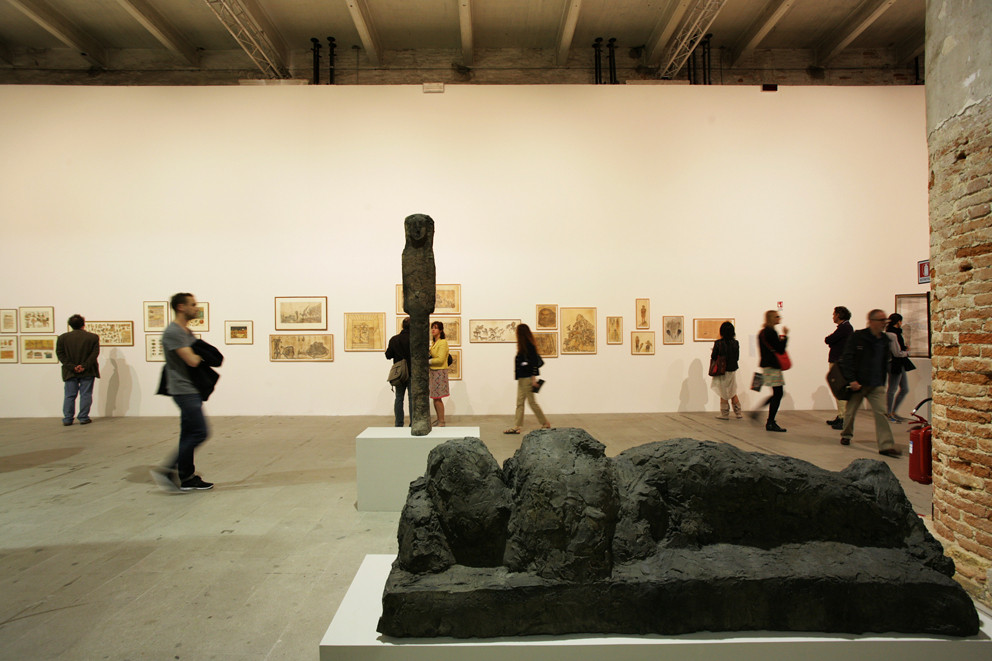
Photo: F. Galli
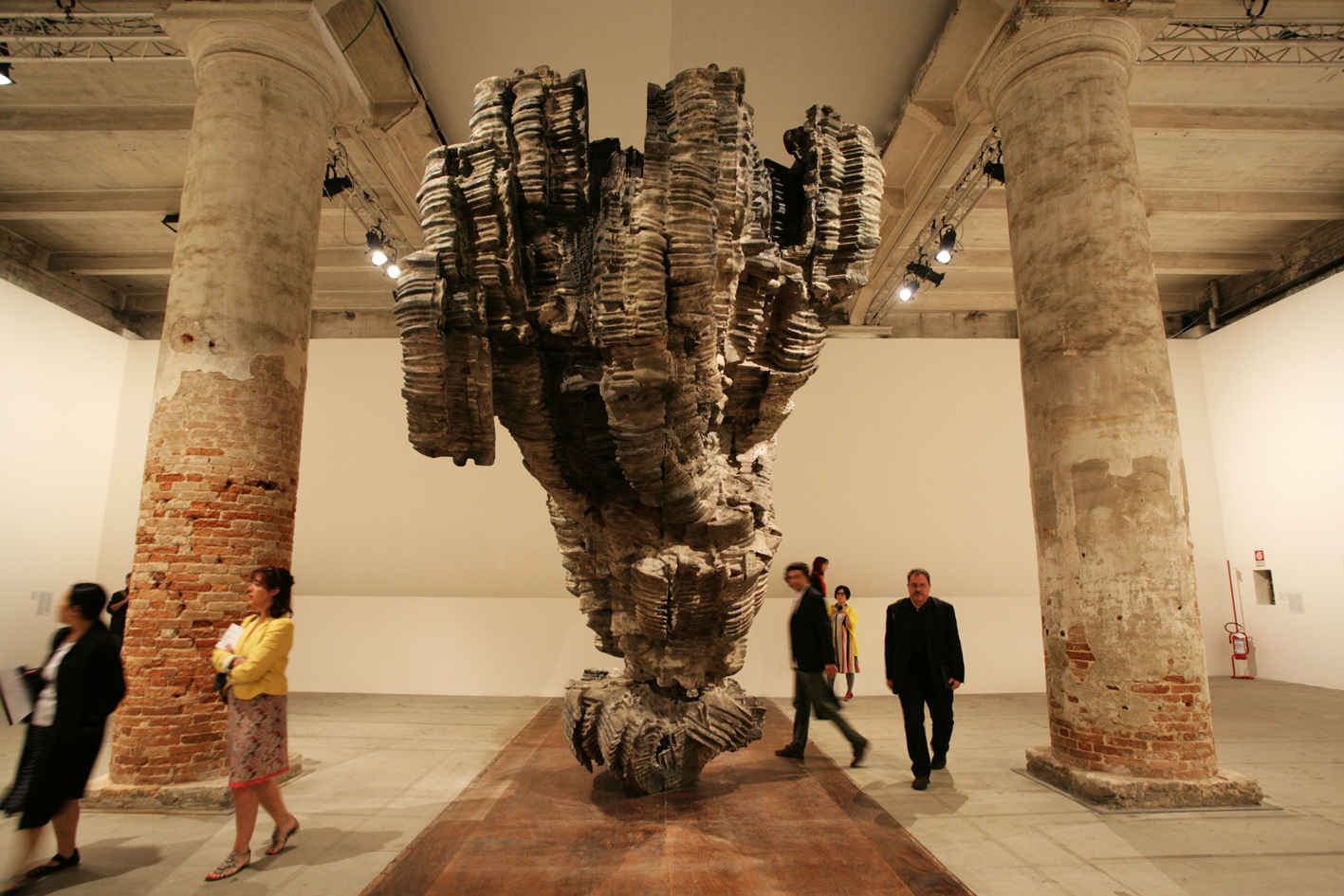
Photo: F. Galli
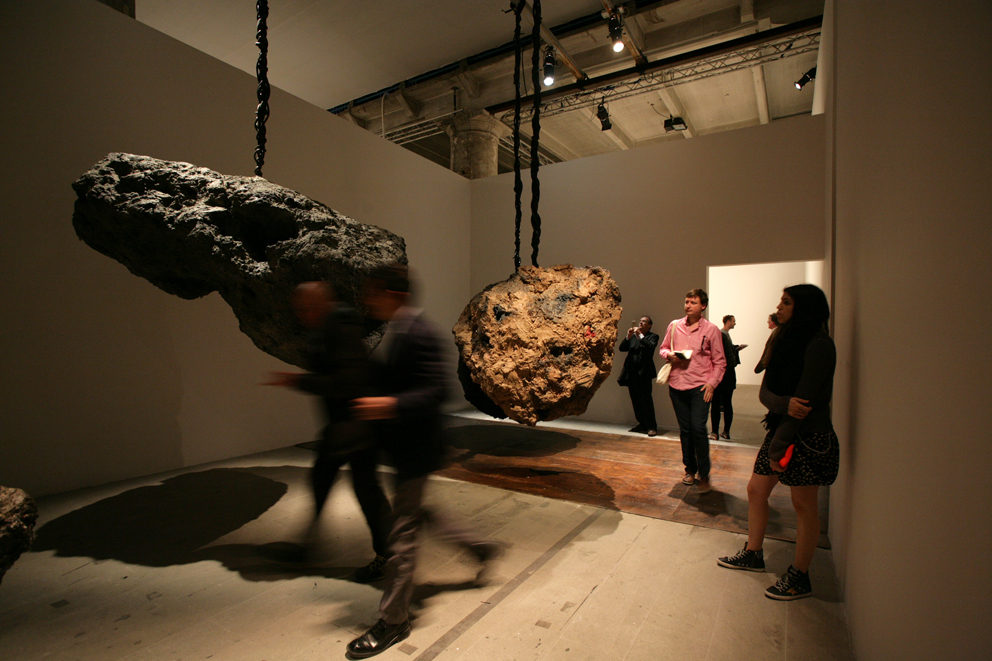
Photo: F. Galli
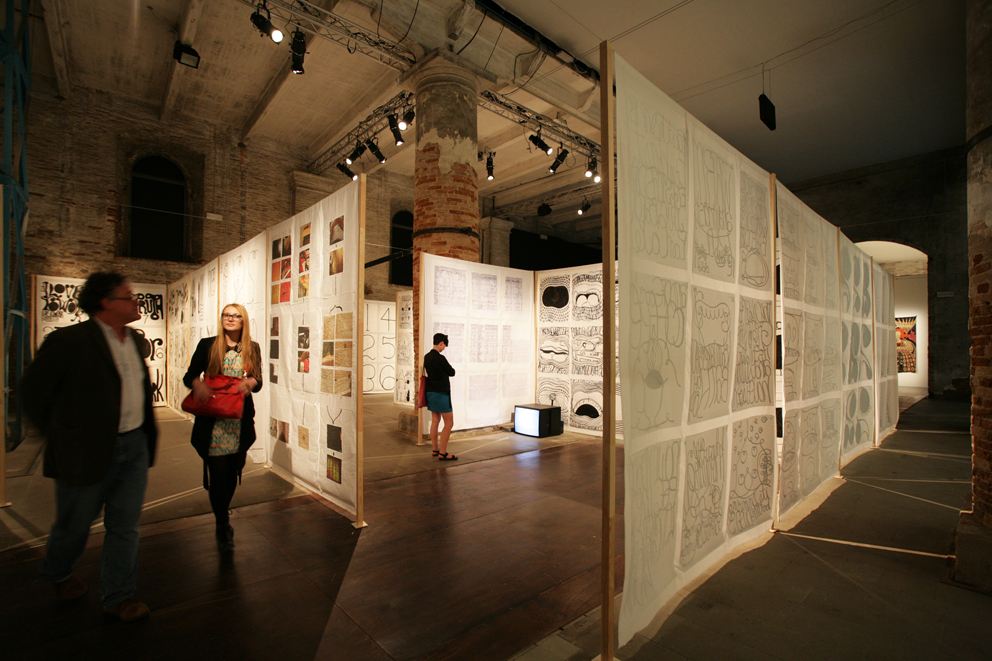
Photo: F. Galli
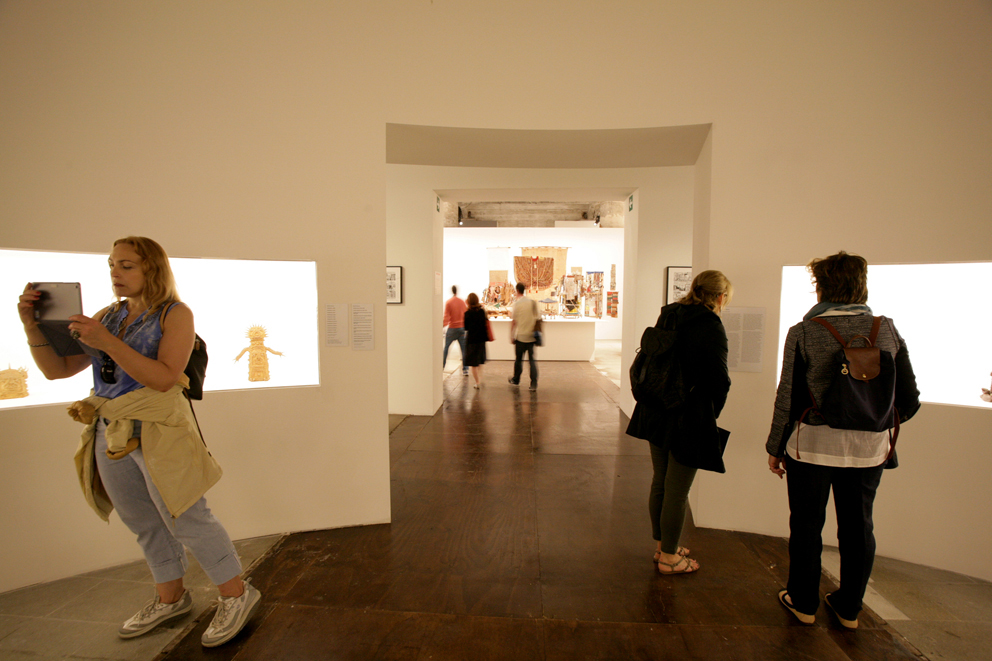
Photo: F. Galli
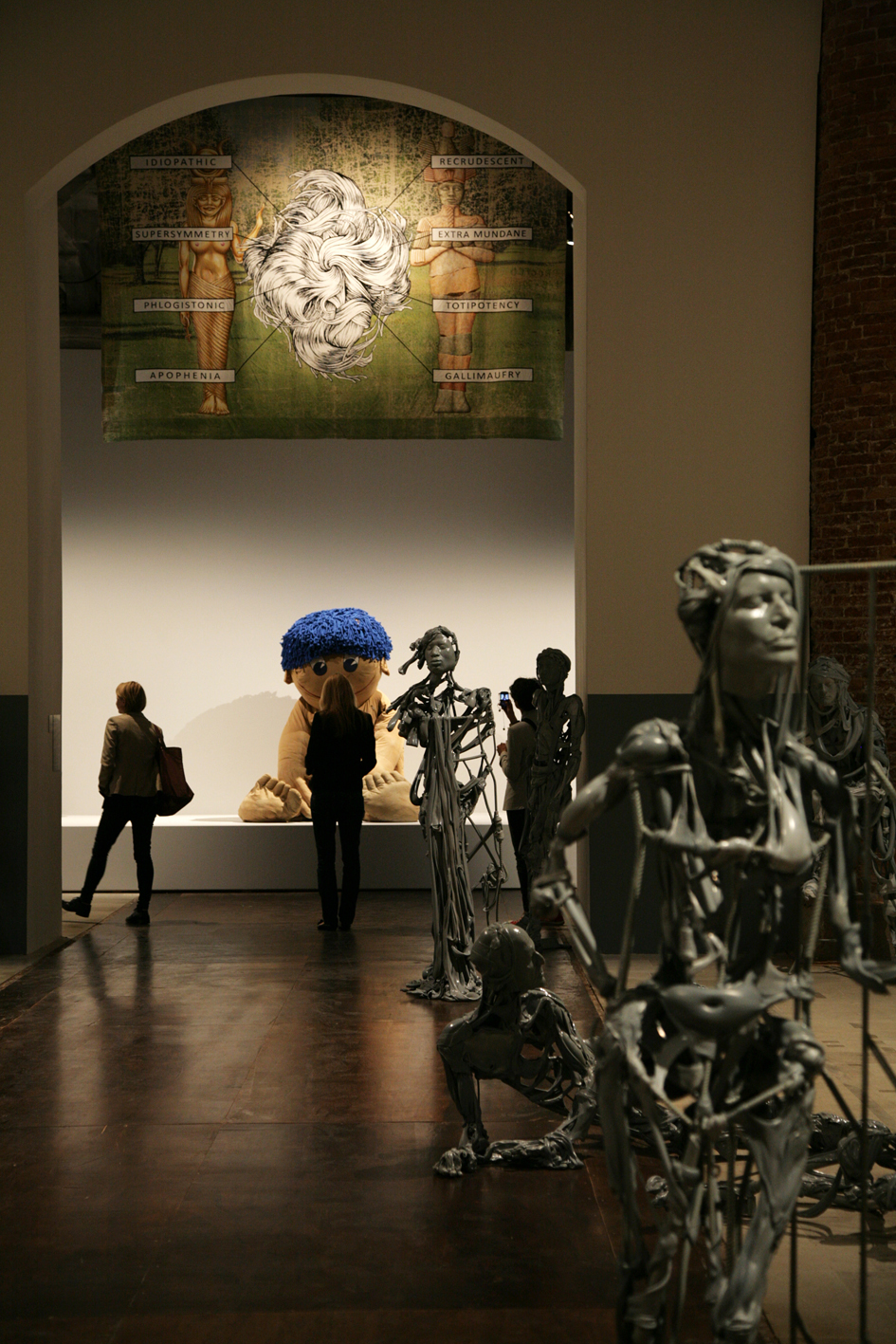
Photo: F. Galli
Follow Federico Florian on Google+, Facebook, Twitter.
Dello stesso autore / By the same author: ArtSlant Special Edition – Venice Biennale
Notes on ‘The Encyclopedic Palace’. A Venetian tour through the Biennale
The national pavilions. An artistic dérive from the material to the immaterial
The National Pavilions, Part II: Politics vs. Imagination
The Biennale collateral events: a few remarks around the stones of Venice